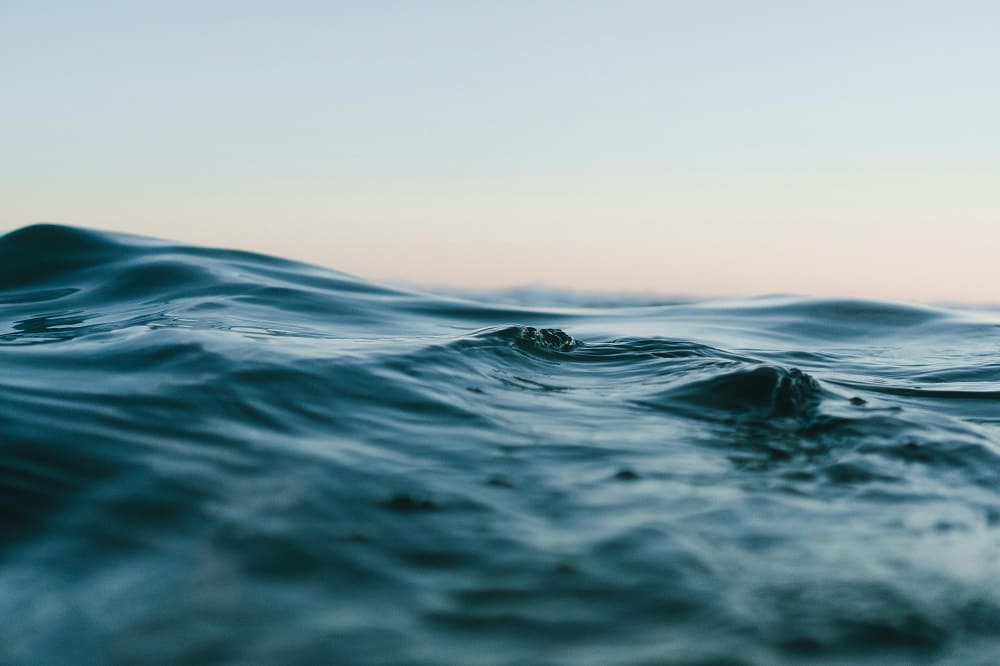As global temperatures soar and sea levels continue to ascend due to climate change, the repercussions on surfing and coastal communities are increasingly apparent. Here’s a breakdown of how these environmental shifts affect waves and coastlines:
Wave Quality
Alterations in weather patterns impact wave formation and intensity. With ocean temperatures on the rise, tropical storms may become more frequent and potent, resulting in larger and more forceful waves in some regions. Conversely, other areas may witness diminished wave activity due to shifts in wind patterns and ocean currents. Overall, wave quality and consistency may fluctuate, influencing the surfing experience.
Coastal Erosion
The escalation of sea levels contributes to coastal erosion, gradually eroding shorelines and reshaping the geography of surf breaks. As beaches recede, the morphology and size of waves may change, affecting the dynamics of popular surfing locations. The development of coastal infrastructure exacerbates erosion, further jeopardizing surfing destinations and the communities reliant on them.
Storm Surges
Intensified storms, fueled by warmer ocean waters, can generate formidable storm surges that inundate coastal areas. These surges reshape coastlines and can obliterate surf breaks, leading to permanent alterations in wave patterns. Moreover, storm-related debris and pollution pose hazards to surfers and marine ecosystems.
Ocean Acidification
Elevated carbon dioxide levels in the atmosphere contribute to ocean acidification, negatively impacting marine life and ecosystems. Corals, vital for providing natural buffers against wave energy and creating surf breaks, are particularly susceptible to acidification and coral bleaching. The decline of coral reefs diminishes biodiversity and alters wave dynamics along coastlines.
Impacts on Surfing Culture
Beyond being a recreational pursuit, surfing embodies a cultural phenomenon deeply entrenched in coastal communities. As climate change reshapes coastlines and wave patterns, the traditional practices and lifestyles of surfers face threats. Additionally, fluctuations in surf tourism and economic activities tied to surfing can yield far-reaching social and economic consequences for coastal regions.
Conclusion
Addressing the impacts of climate change on surfing necessitates a multifaceted approach, encompassing the reduction of greenhouse gas emissions, implementation of coastal conservation measures, and adaptation of surfing practices to evolving environmental conditions. By safeguarding coastal ecosystems and promoting sustainable surfing practices, efforts can be made toward preserving this cherished sport and the communities it sustains.

Luca is a professional surfer with a passion for riding waves. He’s spent years perfecting his technique and exploring the world’s best surf spots. When he’s not out on the water, Luca enjoys sharing his surfing insights and experiences through blog.

